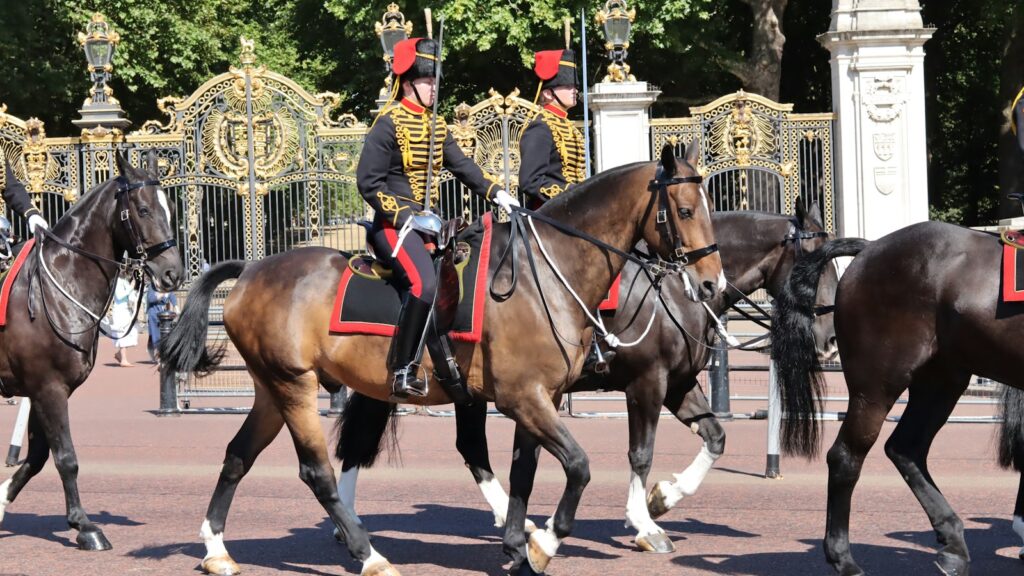Throughout history, horses have stood as magnificent symbols of power, wealth, and prestige within European royal courts. From lavish coronation processions to elaborate state funerals, these majestic animals played roles far beyond mere transportation. They became living emblems of monarchical authority, carefully integrated into ceremonial traditions that evolved over centuries. The relationship between European royalty and their ceremonial horses represented a unique cultural phenomenon that blended practicality with theatrical spectacle, creating unforgettable displays of monarchical splendor that captivated both nobles and commoners alike. This exploration of ceremonial equestrian traditions reveals not just the pageantry of royal courts, but also offers insights into how European monarchs used these magnificent animals to communicate power, continuity, and divine right to rule.
The Sacred White Horses of Coronation Processions
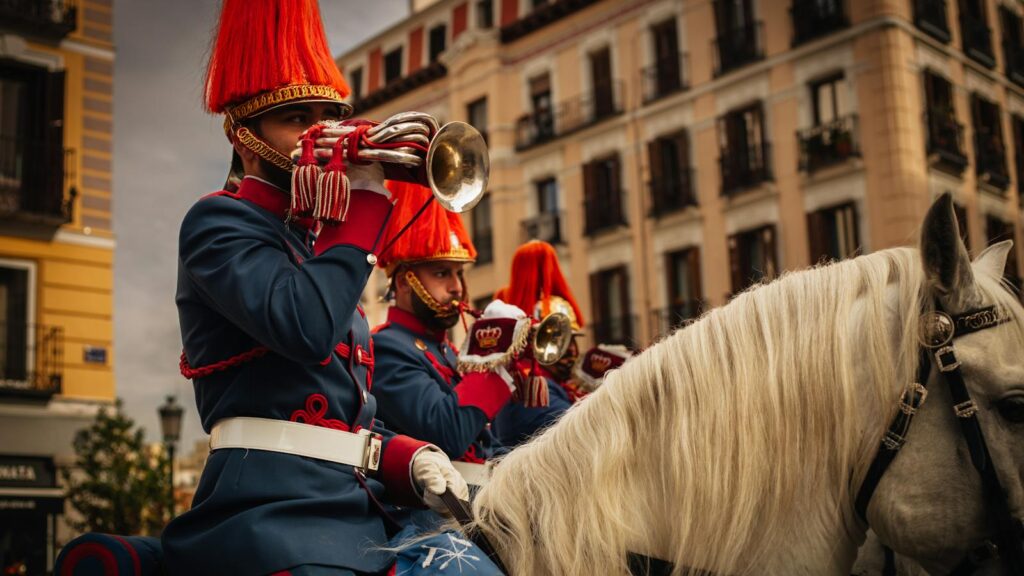
In many European monarchies, the selection of horses for coronation ceremonies followed strict protocols, with white horses being particularly prized for their symbolic purity and celestial associations. The Habsburg Empire maintained a tradition of using the famous Lipizzaner horses from the Spanish Riding School for imperial coronations, with eight perfectly matched white stallions drawing the coronation carriage. In England, the tradition shifted over time, but white horses remained prominent during Queen Elizabeth II’s coronation in 1953, when she rode in the Gold State Coach pulled by eight gray Windsor horses specially trained for the occasion. The French monarchy similarly favored white horses for coronation processions to Notre Dame Cathedral, believing the animals’ color represented the divine sanction of the new monarch’s rule. These equine participants required months of specialized training to remain calm amid the crowds, trumpets, and ceremonial regalia that accompanied these momentous state occasions.
Royal Funerary Horses and Riderless Steeds

Perhaps no royal equestrian tradition evokes more emotion than the riderless horse participating in monarchs’ funeral processions. This powerful symbol, with empty saddle and boots reversed in the stirrups, represented the fallen leader who would never ride again. During Queen Victoria’s funeral in 1901, her favorite horse was led in the procession, draped in black cloth and with the Queen’s riding boots facing backward in the stirrups. In military monarchies like Prussia and later Germany, the funeral horses were often chosen from the deceased ruler’s personal stable and dressed in full ceremonial caparison, complete with the monarch’s personal heraldic emblems. The Spanish Habsburgs maintained a tradition of having coal-black Andalusian horses pull the royal hearse, with their manes and tails intricately braided with black ribbons and silver threading. These solemn equine participants created powerful emotional connections for mourning subjects, physically representing the absence of their departed sovereign in a way that transcended language and social class.
The Royal Mews and Ceremonial Horse Management
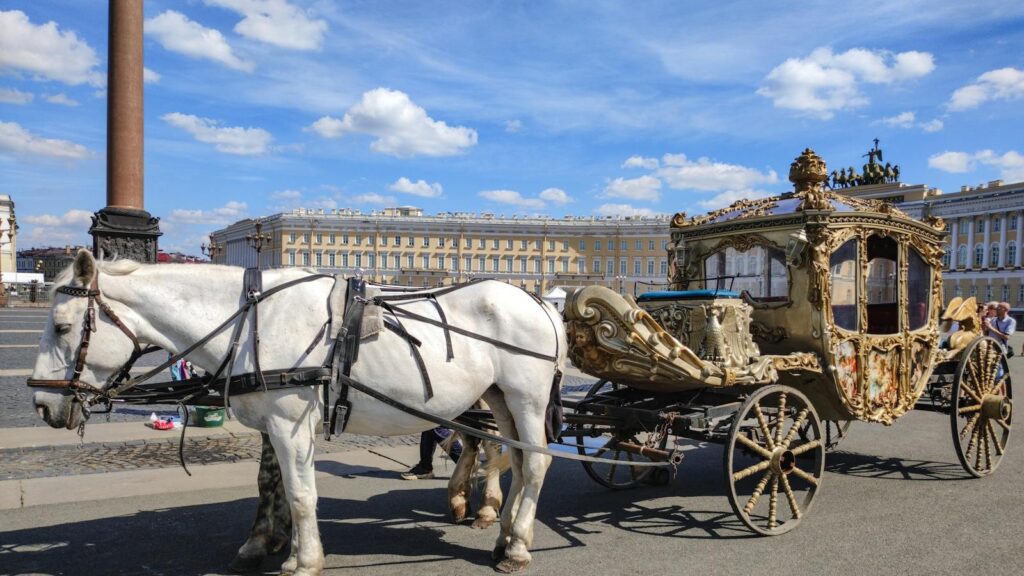
Maintaining ceremonial horses required elaborate infrastructure, with dedicated royal mews becoming architectural features of European palaces. Britain’s Royal Mews at Buckingham Palace evolved from its medieval origins into a sophisticated facility housing both the ceremonial carriages and the horses needed to pull them, with specialized staff including a Crown Equerry overseeing all operations. The French royal stables under Louis XIV employed over 600 staff members and housed approximately 300 horses, organized in a hierarchical system that matched specific horses to particular ceremonies and occasions. Russia’s Imperial stables became renowned under Catherine the Great, who established a dedicated breeding program to produce horses specifically for ceremonial duties, selecting for temperament, stature, and color matching. The Spanish Royal Mews maintained separate facilities for different types of ceremonial horses, including those used exclusively for religious processions who received special blessings from court chaplains before participating in sacred events.
Ceremonial Horse Regalia and Decoration
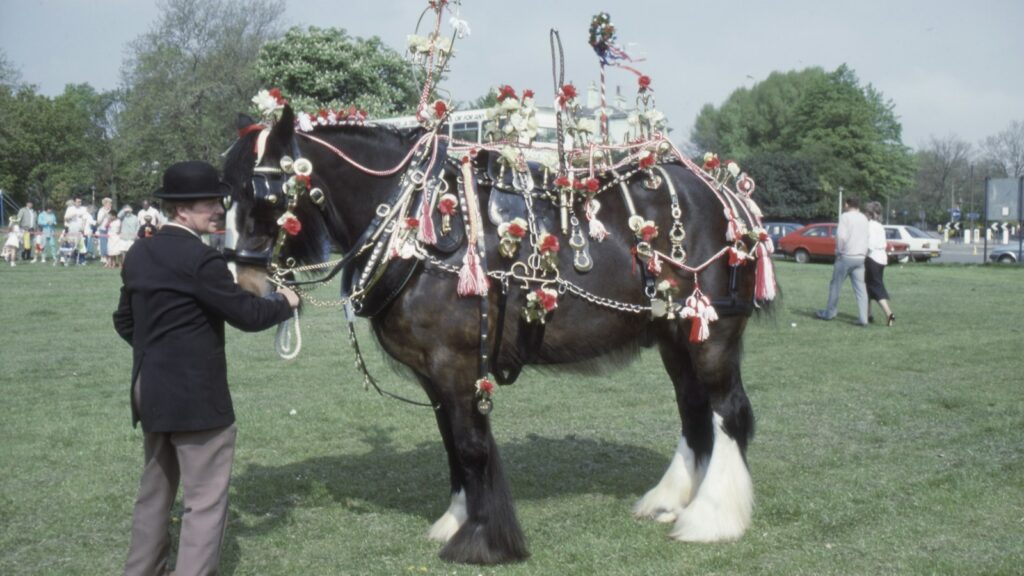
Royal horses appeared in ceremonies adorned with elaborate decorations that often rivaled the finery worn by human participants. The caparisons (decorative coverings) for horses in Tudor England’s royal ceremonies featured hand-embroidered royal emblems, with records from Henry VIII’s reign documenting horse coverings that incorporated over 7,000 freshwater pearls and gold thread worked by the finest court artisans. Russian imperial processions featured horses wearing chamfrons (head armor) adorned with precious stones, with ceremonial mounts for the coronation of Nicholas II wearing head decorations featuring the double-headed eagle in diamonds. The Austrian Habsburg tradition included specially designed ceremonial bridles decorated with the family’s heraldic emblems rendered in precious metals, with bridles for the most important state occasions incorporating silver or gold elements that required dedicated craftsmen to maintain. In Sweden, the tradition of ceremonial horse bells became highly developed, with specific rhythmic patterns created by differently tuned bells arranged on harnesses to announce the approach of royal processions through sound before they were visible.
Horses in Royal Tournaments and Jousting
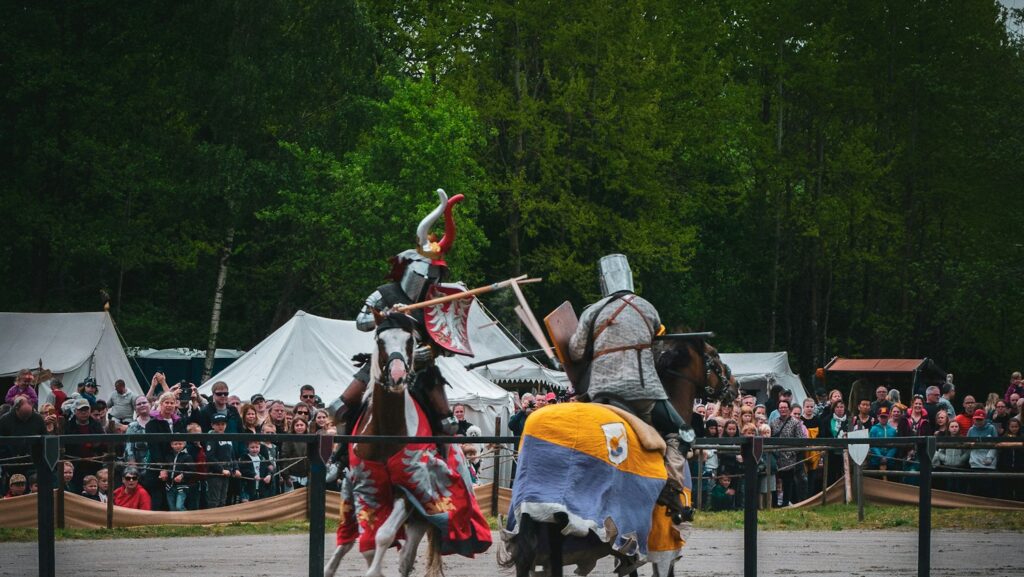
Medieval and Renaissance European courts developed elaborate tournament traditions centered around horsemanship that showcased royal prowess. England’s Henry VIII was renowned for his jousting abilities, riding specially bred and trained destriers (war horses) during tournaments that served both as entertainment and political theater demonstrating the king’s virility and martial skills. The Spanish Habsburg courts maintained the tradition of the Royal Carousel, where aristocrats performed complex equestrian maneuvers requiring years of training, with King Philip IV personally participating in these displays to demonstrate his mastery over the powerful Andalusian horses bred for these events. In France, Louis XIV established elaborate equestrian ballets performed at Versailles, with horses and riders executing choreographed movements to music, creating living tableaux that told allegorical stories glorifying the monarch’s reign. These royal tournaments gradually transformed from martial contests into refined artistic performances, though they continued to emphasize the special relationship between ruler and royal horses, suggesting that those who mastered these powerful animals were fit to govern nations.
State Gifts of Ceremonial Horses
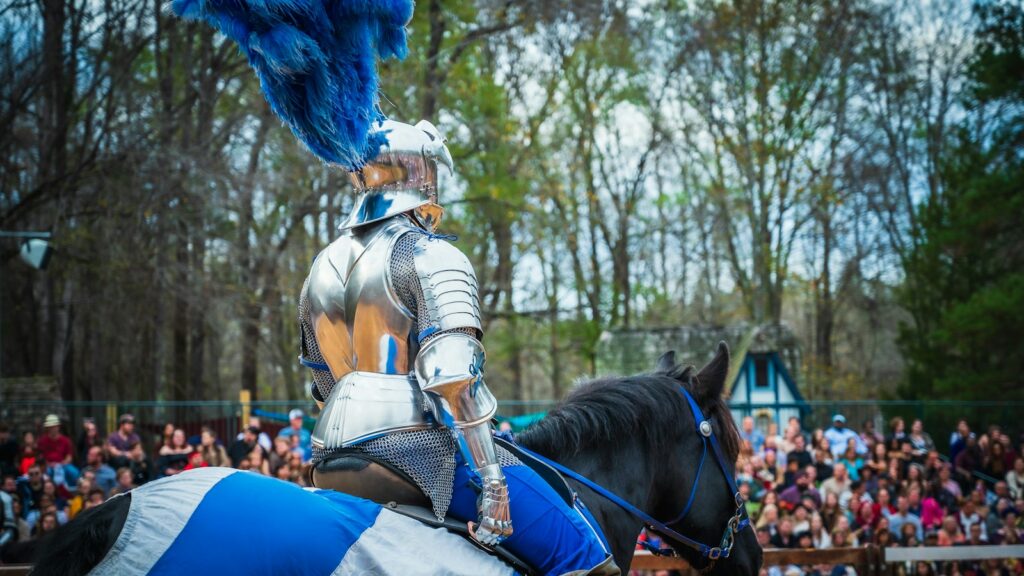
The exchange of exceptional horses between royal courts became a sophisticated diplomatic practice with its own complex protocols. The Ottoman sultans strategically gifted prized Arabian horses to European monarchs, with elaborately decorated specimens presented to Holy Roman Emperor Charles V in a calculated display of Ottoman wealth and power. The Spanish court’s gift of sixteen perfectly matched Andalusian horses to France’s Louis XIV in 1679 represented not just valuable animals but a political statement about Spanish breeding superiority during a period of diplomatic tension between the nations. Britain’s monarchs traditionally presented ceremonial horses to visiting dignitaries, with Queen Victoria continuing this tradition by gifting specially bred Cleveland Bays to allied European royals. These equine diplomatic exchanges required elaborate preparations, with horses sometimes training for months to ensure they would perform appropriately in their new royal settings, and specialized grooms accompanying the animals on journeys that could take weeks across Europe.
Royal Processions and Entry Ceremonies
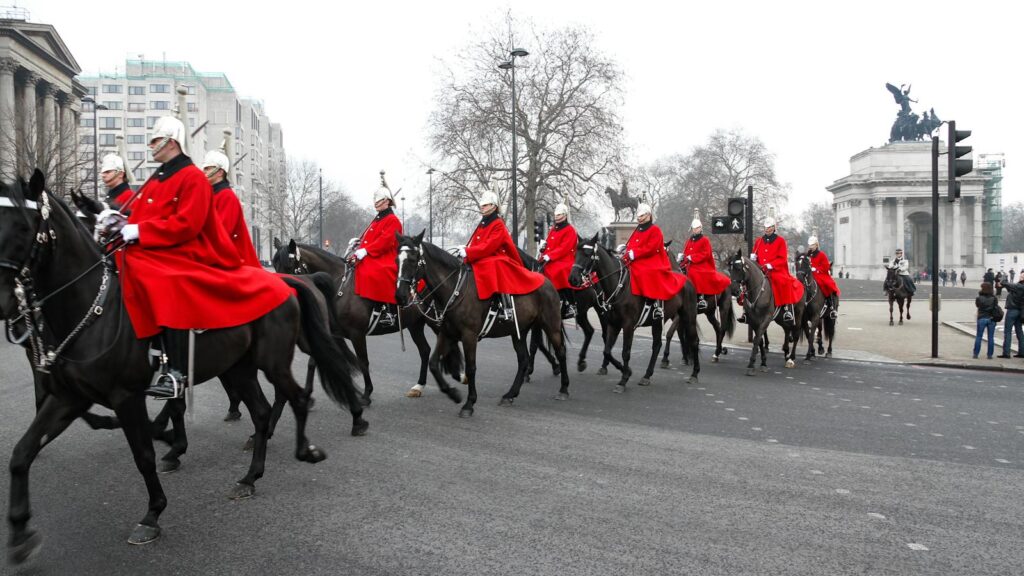
When monarchs traveled through their realms, horses transformed ordinary journeys into powerful demonstrations of royal authority. The Joyous Entry tradition in the Low Countries required new sovereigns to enter major cities on horseback, participating in carefully choreographed ceremonies where the physical elevation of the mounted monarch above the crowds reinforced social hierarchy. Queen Elizabeth I of England mastered the political theater of royal progresses, traveling with up to 400 horses and selecting different mounts for different occasions—using imposing warhorses for entries into cities with questionable loyalty and gentler palfreys for friendly territories. Russian Tsars maintained the tradition of the Processional Entry into Moscow before coronation, riding white horses along a route covered with red cloth, with Peter the Great deliberately breaking tradition by riding his favorite black stallion instead of the traditional white horse to symbolize his break with older customs. These ceremonial entries served as mobile theater, with horses’ movements, decorations, and behaviors carefully managed to communicate specific messages about royal authority, accessibility, or martial prowess to watching subjects.
Religious Ceremonies and Sacred Horses
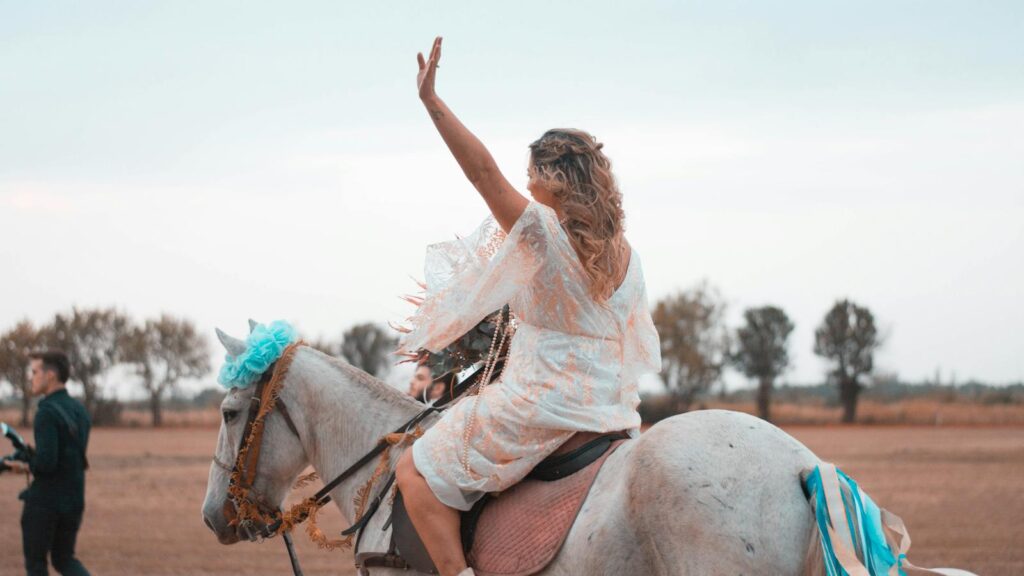
Across Catholic Europe, horses participated in religious ceremonies that blended royal authority with divine sanction. Spain’s royal family maintained the tradition of the Epiphany Ride, where monarchs rode especially trained horses that would kneel before church altars during religious services, physically demonstrating the crown’s submission to divine authority. In Hungary, the coronation ceremony included the new monarch riding a specially trained horse up the Royal Coronation Mount and performing symbolic sword cuts in four directions, representing the king’s oath to defend the kingdom from all enemies. The Palio di Siena in Italy, though eventually becoming a civic tradition, originated in royal ceremonies where horses blessed by church officials raced in honor of the Virgin Mary with aristocratic riders representing different noble houses. Poland’s coronation traditions included the “king’s ride” immediately following the cathedral ceremony, where the newly crowned monarch rode a white horse in a circular path around a ceremonial oak tree, connecting royal authority to ancient Slavic traditions that predated Christianity.
Royal Hunting and the Ceremonial Chase
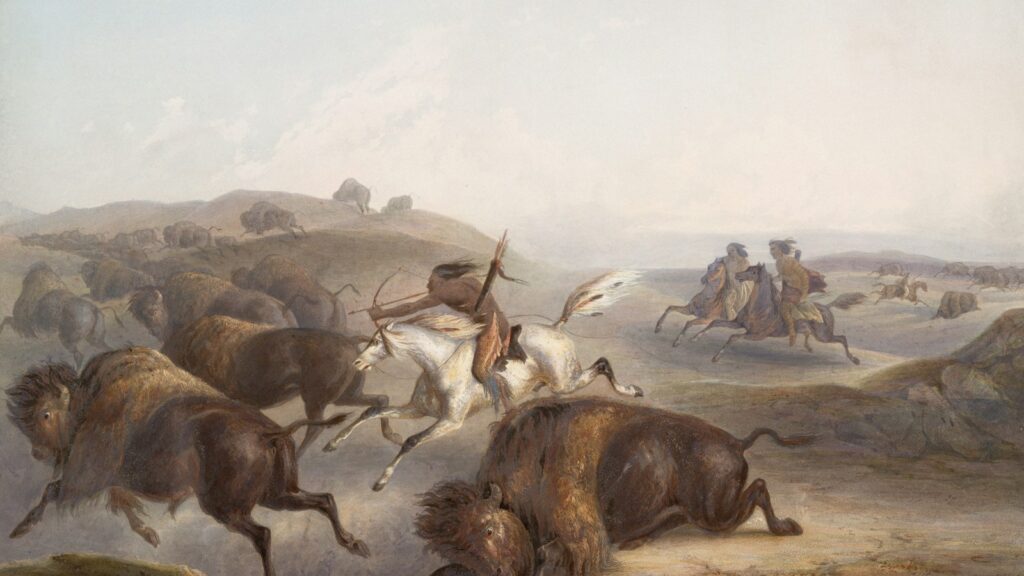
Royal hunts blended recreation with elaborate ceremony, showcasing monarchs’ horsemanship while reinforcing social hierarchies. Louis XV of France transformed hunting into ceremonial art, with specific horses designated solely for royal hunts and trained to respond to the specialized hunting horns that signaled different phases of the chase. The British monarchs maintained complex hunting protocols centered at Windsor, where Queen Victoria continued ceremonial hunts as important diplomatic occasions even when she personally no longer rode, using specially designated cream-colored horses to pull her viewing carriage during stag hunts attended by foreign dignitaries. Russia’s imperial hunting traditions required specially bred horses that could navigate the challenging terrain of the Romanov hunting preserves while maintaining a steady gait suitable for mounted archery, with Orlov Trotters specifically developed for these royal hunting requirements. In Sweden, the royal elk hunts required horses with specialized training to remain calm in the presence of large game, with specific bloodlines maintained within the royal stables specifically for these ceremonial hunts that connected modern monarchs to ancient Nordic traditions.
Military Reviews and Trooping Ceremonies
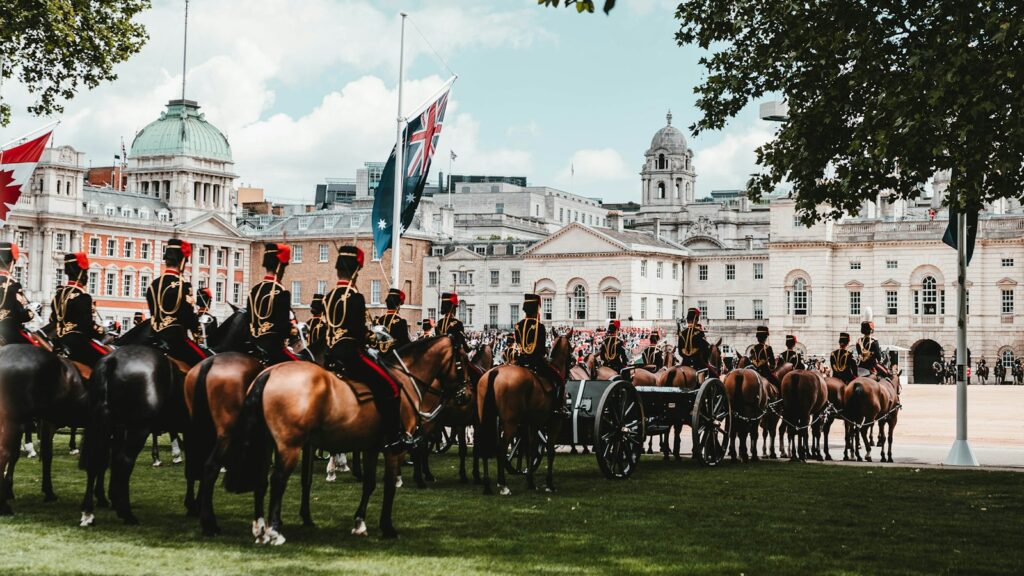
European monarchs cemented their roles as military leaders through mounted reviews of troops that evolved into elaborate ceremonial traditions. Britain’s Trooping the Colour ceremony originated in practical military functions but developed into a birthday celebration for the sovereign, with monarchs traditionally participating on horseback until Queen Elizabeth II switched to a carriage in 1987 after decades of riding her favorite ceremonial mount, Burmese. Prussia’s military monarchy centered on Frederick the Great’s establishment of elaborate mounted reviews where standardized cavalry horses demonstrated precision movements that showcased both equine training and royal control. Spain’s Royal Guard maintained the tradition of the king’s mounted review using Andalusian horses specifically bred for ceremonial duties, with precise requirements for height, color, and temperament that remained consistent for centuries. Napoleon revolutionized these traditions in France by selecting spectacular Arabian horses for reviews, deliberately breaking with Bourbon traditions while establishing new ceremonial practices that emphasized his military genius rather than inherited royal authority.
The Royal Riding Schools and Classical Dressage
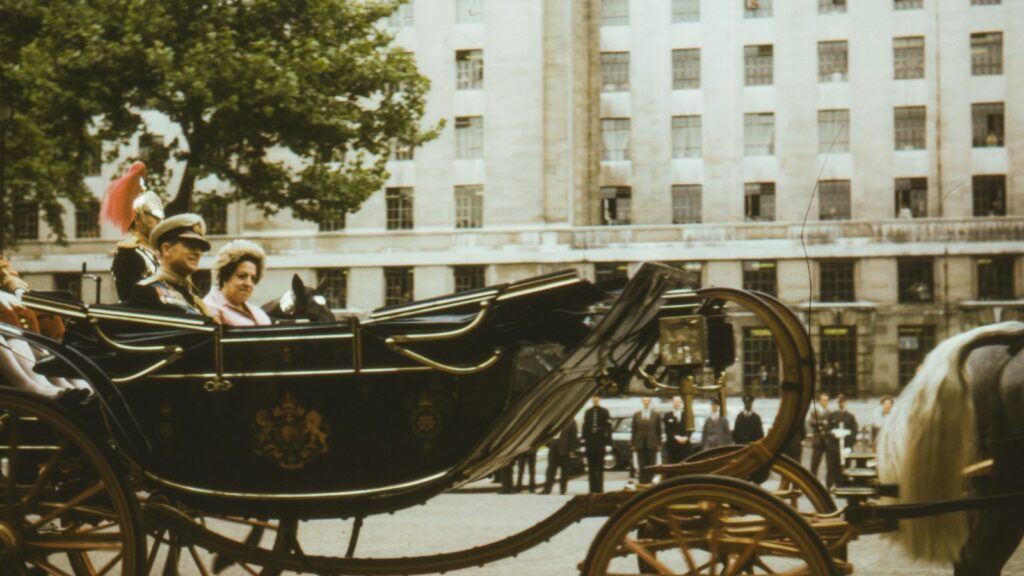
Royal courts established dedicated riding academies where horsemanship became both practical skill and art form expressing monarchical values. The Spanish Riding School in Vienna, established by the Habsburgs in 1572, developed the “high school” movements of classical dressage as ceremonial presentations of imperial power, with the levade (where the horse raises its forequarters) symbolizing the elevation of Habsburg authority. Louis XIV established France’s École de Versailles where the art of equitation became inseparable from courtly etiquette, with the king himself performing complex dressage movements on ceremonial occasions to demonstrate his mastery of both horse and state. Portugal’s royal School of Equestrian Art preserved the tradition of baroque horsemanship after its decline elsewhere in Europe, maintaining specialized training techniques for Lusitano horses performing in royal ceremonies. These royal riding schools preserved ancient equestrian knowledge while transforming it into courtly spectacle, with horses executing movements originally developed for battlefield maneuvers that evolved into ceremonial performances symbolizing the control, precision, and harmony that monarchs claimed to bring to their realms.
Evolution and Modernization of Equestrian Ceremonies
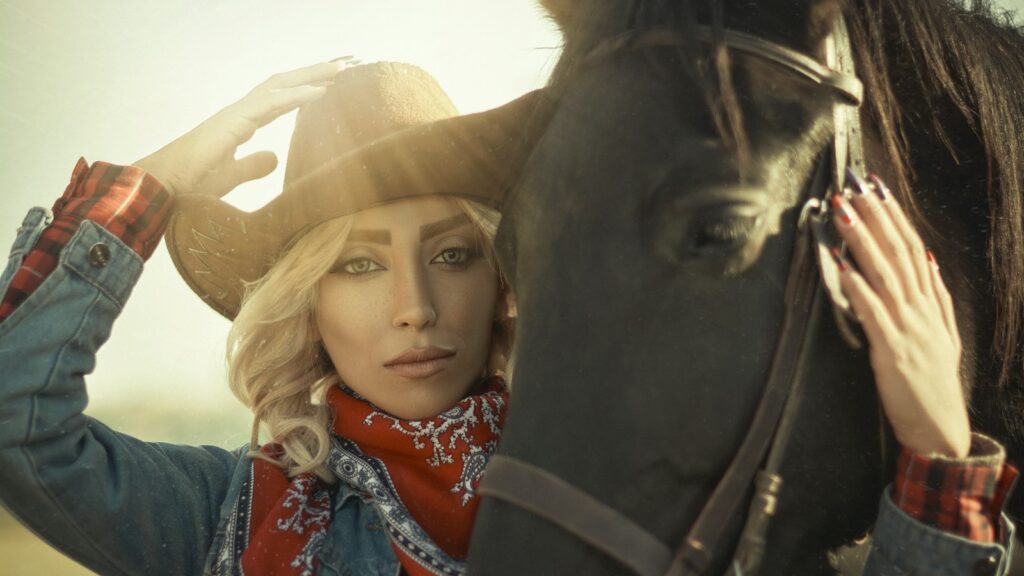
The role of ceremonial horses evolved significantly as European monarchies faced industrialization, democratization, and modern media. The carriages at Queen Victoria’s Diamond Jubilee in 1897 incorporated technological innovations like pneumatic tires while maintaining the appearance of traditional ceremonial vehicles, with horses selected and arranged to complement these modernized conveyances while preserving historical aesthetics. The Netherlands’ royal ceremonies adapted to urban environments by developing specialized training for ceremonial horses to remain calm around automobiles, electric trams, and camera flashes, while still maintaining the traditional Prinsjesdag procession on the third Tuesday of September. Sweden’s royal household pioneered the transition to televised ceremonies, carefully adapting horse formations and movements to accommodate camera positions while preserving ceremonial significance during King Carl XVI Gustaf’s 1973 accession. Today’s European royal ceremonies represent careful balancing acts between historical continuity and contemporary relevance, with horses remaining as living links to monarchical traditions while ceremonies adapt to modern security requirements, media coverage, and public expectations.
Legacy and Continuing Traditions
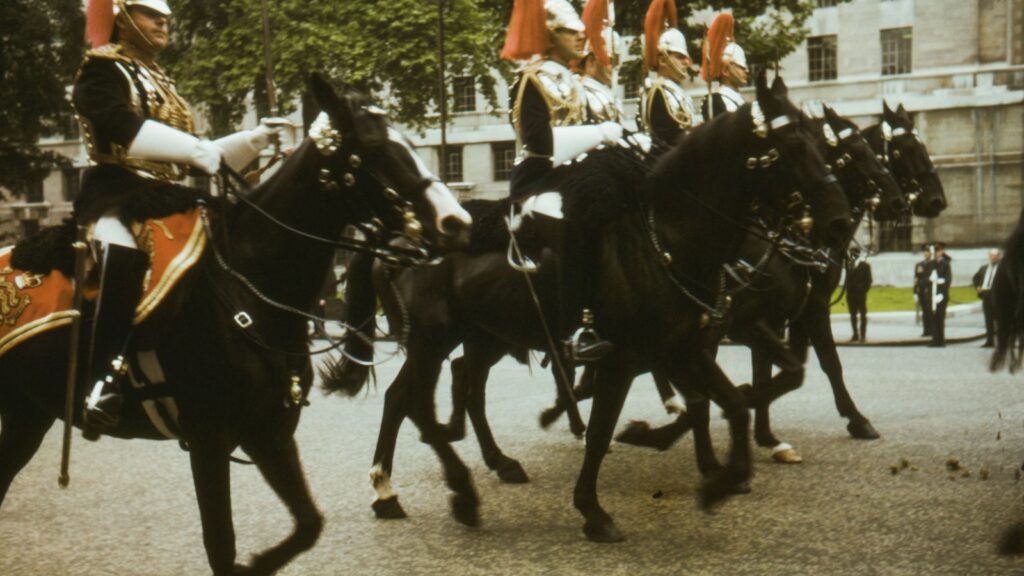
Despite dramatic changes in transportation and governance, ceremonial horses maintain significant roles in Europe’s remaining monarchies. Britain’s Royal Mews continues operating much as it has for centuries, with the Household Cavalry’s mounted regiment performing ceremonial duties using horses specially selected for temperament and size, maintaining traditions that connect the modern monarchy to its historical roots. Denmark’s Royal Stables maintain the tradition of the white Coach Horses for state occasions, with a breeding program ensuring the continuation of bloodlines that have served Danish monarchs since the 18th century. The Spanish Royal Guard continues mounted ceremonies using Andalusian horses descended from the same bloodlines that served Habsburg kings, creating living connections to Spain’s imperial past through meticulously preserved equestrian traditions. These continuing ceremonial roles demonstrate that even in an age of democracy and technology, horses retain powerful symbolic value in royal ceremonies—their living presence connecting modern monarchs to traditions established across centuries of European history, physically embodying the continuity and heritage that remains central to monarchical identity in the 21st century.
conclusion
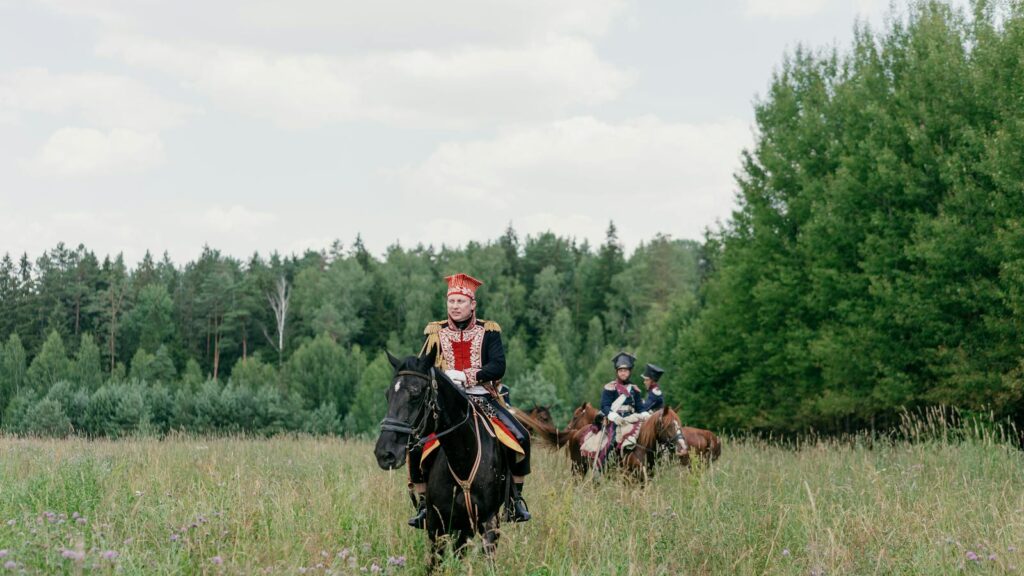
The relationship between European royalty and ceremonial horses represents one of history’s most enduring and visually striking traditions. From coronations to funerals, diplomatic exchanges to military reviews, horses transformed necessary functions into spectacular displays of monarchical power. These equine participants in royal ceremonies were never merely decorative—they served as living symbols within complex systems of political communication, their movements, appearances, and behaviors carefully managed to project specific messages about royal authority. While most Europeans will never experience the medieval pageantry of mounted monarchs entering cities or the baroque splendor of royal riding schools at their height, the ceremonial horses that continue to participate in Europe’s remaining monarchies provide living connections to these historical traditions. In their continued presence, we glimpse the remarkable cultural synthesis that royal ceremonial horses represented—simultaneously practical transportation, political symbol, artistic medium, and diplomatic tool—all embodied in the powerful, graceful animals that carried Europe’s kings and queens through centuries of ceremony and spectacle.

